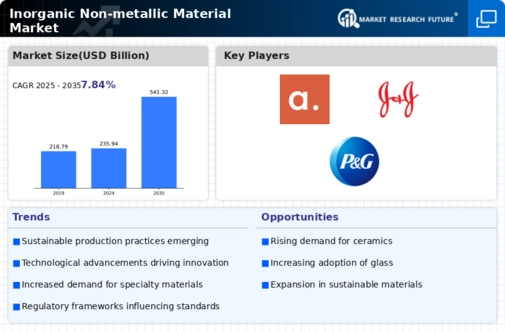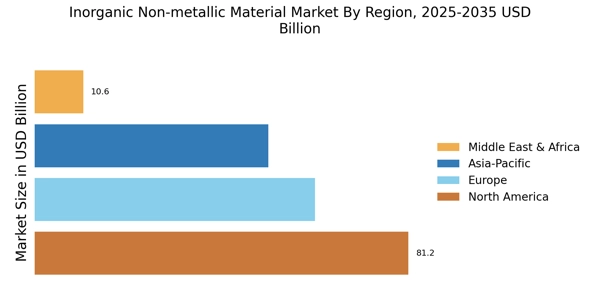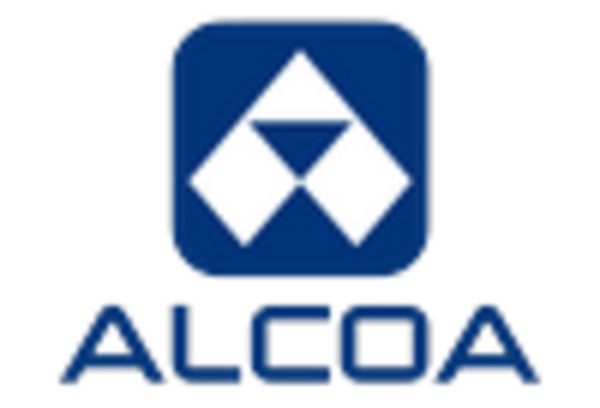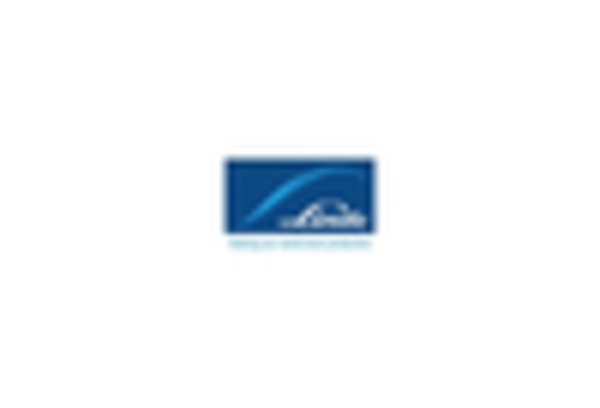The Inorganic Non-metallic Material Market is characterized by a competitive landscape where various players strive to enhance their market share through innovative products and strategic partnerships.
This market comprises a diverse range of materials, including ceramic, glass, cement, and various mineral-based products, which are integral to industries such as construction, electronics, and chemicals. The competition intensity is driven by technological advancements, the growing demand for sustainable and eco-friendly materials, and the need for optimized performance in industrial applications.
Companies in this space are increasingly focusing on research and development to create high-performance materials that meet regulatory standards and customer specifications. As globalization expands, market players are also exploring opportunities in emerging markets, which offer both challenges and growth potential.
FMC Corporation is a notable contender in the Inorganic Non-metallic Material Market, leveraging its extensive expertise in agriculture and industrial solutions. The company is recognized for its strong product portfolio, particularly in lithium and mineral-based products, which are integral in various applications, including energy storage and specialty chemicals.
FMC Corporation's commitment to innovation allows it to maintain a competitive edge, as it continuously invests in research initiatives aimed at developing new applications and improving the performance of its offerings.
The company's established market presence, along with its ability to meet customer needs through specialized solutions, enhances its reputation as a reliable supplier in the inorganic nonmetallic sector.
Furthermore, FMC Corporation places significant emphasis on sustainability practices, aligning its operations with global trends towards environmentally responsible manufacturing and resource management.
Albemarle stands out in the Inorganic Non-metallic Material Market with a strong focus on specialty chemicals and advanced materials.
The company's product offerings are crucial for numerous applications, including batteries, automotive components, and electronic devices, which positions it favorably in high-growth industries. Albemarle has built a formidable market presence by leveraging its technological expertise and comprehensive research programs, allowing it to innovate and modify its product lines to enhance functionality and performance.
The company's strategic investments in production capabilities and supply chain management, along with its commitment to sustainability, position it as a leader in the development of sustainable inorganic materials. This focus on innovation, coupled with a customer-centric approach, significantly bolsters Albemarle's position in the highly competitive landscape of inorganic nonmetallic materials.


















Leave a Comment